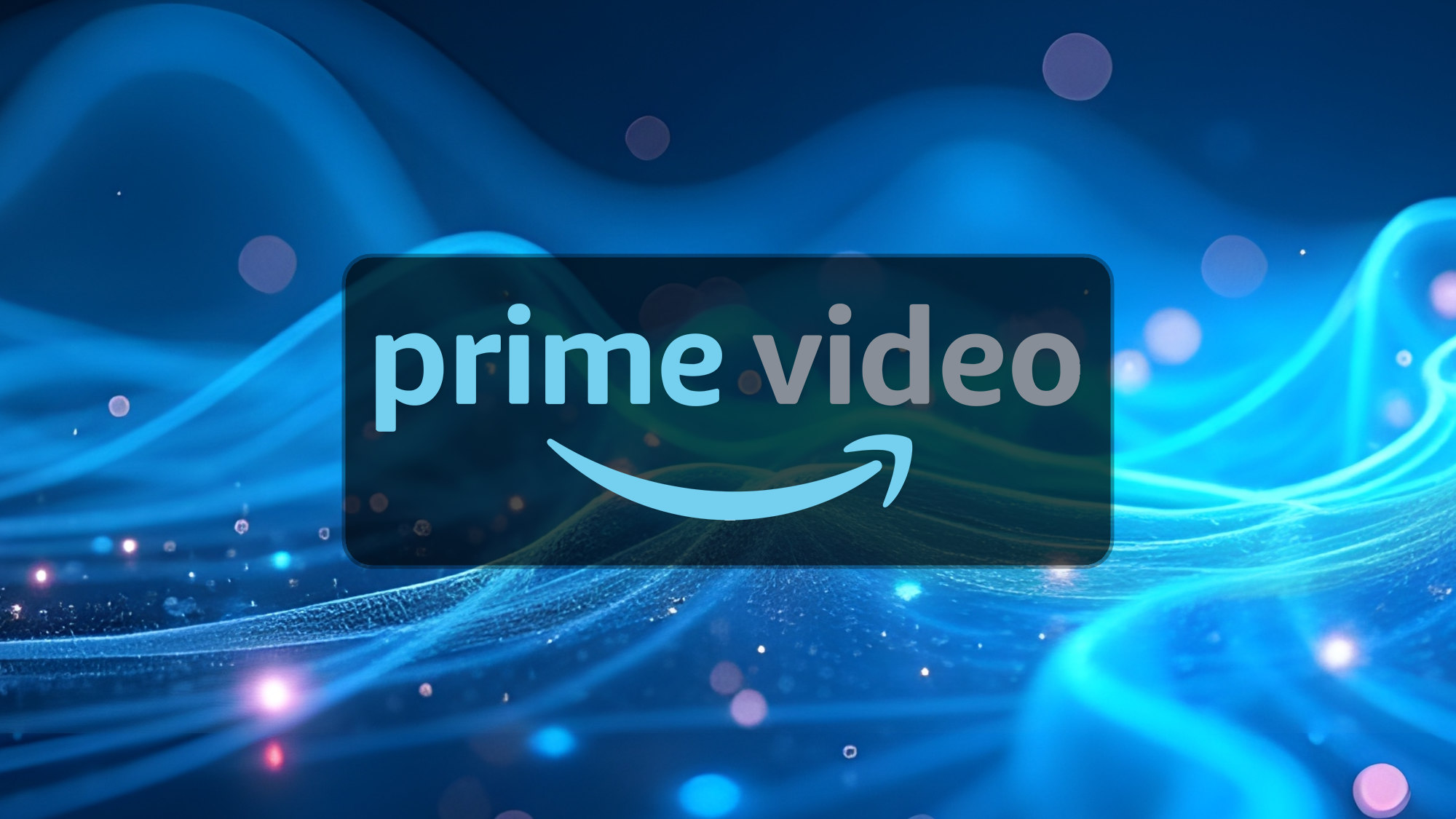Inkjet vs. Laser: Which printer is right for you?
Here's your inkjet vs laser printers cheat sheet
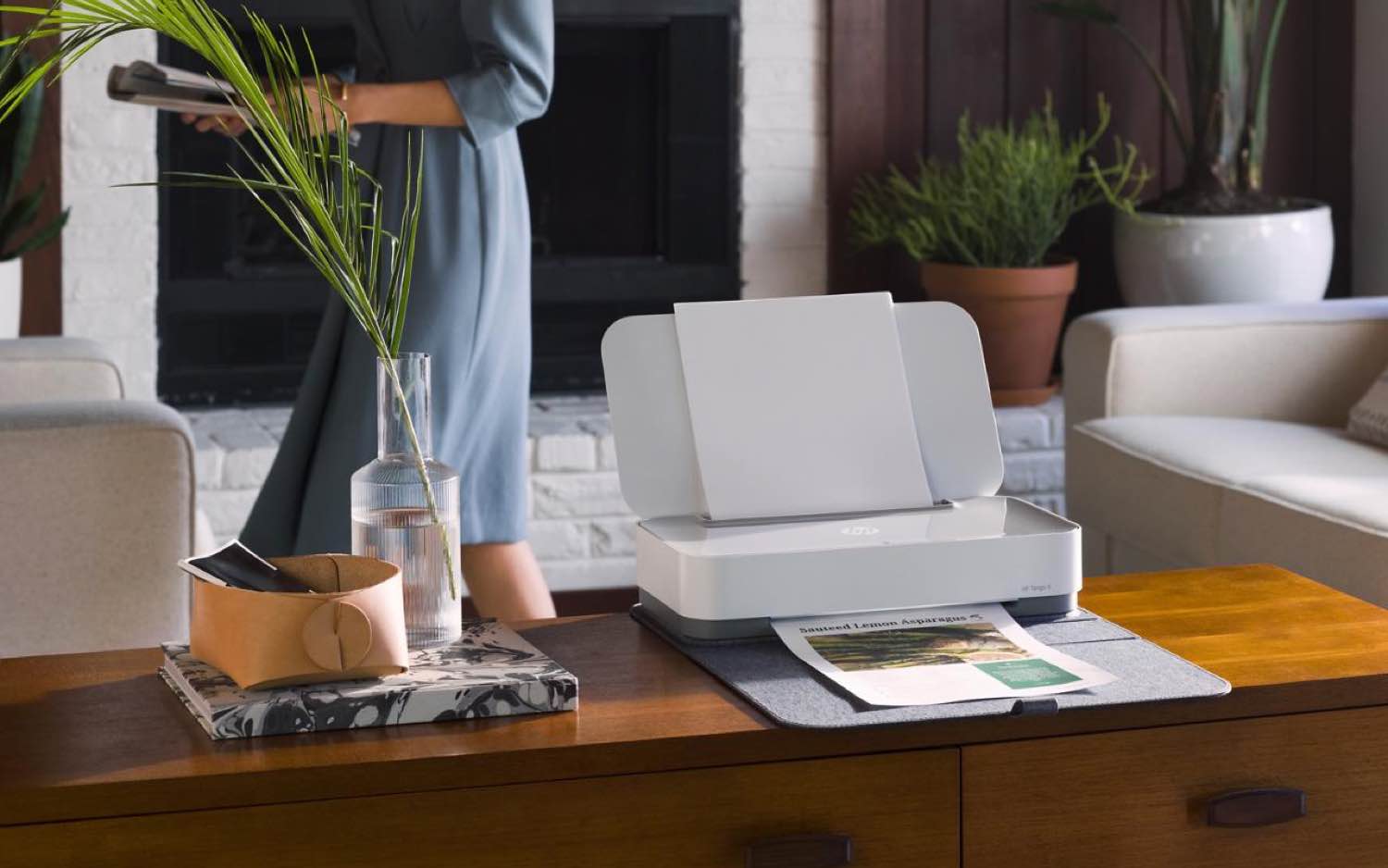
Inkjet vs laser printers: Which one is right for you?
This is the most basic and most essential question in printer shopping. You've no doubt wondered what differentiates the two technologies and the top models in either category. We're here to clear up the confusion.
Although both print technologies have their place in homes and offices, there's a good chance that one will be better at meeting your needs than the other. In the question of inkjet vs. laser printers, it's all about what you want to do, and which technology is better suited to those needs.
Inkjet vs Laser printers: The key things to know
Why you can trust Tom's Guide
The basic distinctions in the inkjet vs. laser printers question boil down to how each technology actually prints. This, in turn, has an impact on what a printer will do well, how expensive it is to print documents and photos, and how much you'll pay upfront.
Inkjet printers are cheaper to buy. If you don't print much, an inexpensive inkjet can be had for $100 or less. But be aware that ink costs can make those more affordable inkjet printers more expensive to operate.
Laser printers are better for text and documents. If you are printing a lot of basic documents, a laser printer – even a monochrome laser printer – can churn out page after page with better quality than an inkjet. But inkjets are better at printing photos.
Laser printers usually have the lowest cost per page. Toner is incredibly cheap on a per-page basis, and won't dry out like old ink cartridges might. However, there are more and more inkjet printers being sold with refillable tanks that can offer similarly affordable printing, provided you're willing to pay more upfront.
Inkjet printers are more compact. Without the need for various internal drums and rollers, inkjet printers can offer full-page printing with a much smaller footprint than most laser printers, even while offering copy and scanning capabilities.
Printing technology basics: Inkjet vs laser
While the most basic definition of printing is the same across both inkjet and laser printers – putting letters and images onto paper – the two methods achieve this result in very different ways.
Inkjets rely on liquid ink, deposited onto the page through a print head that uses dozens of micro-nozzles. It prints by putting microscopic drops of ink onto the paper. Depending upon whether that ink is dye or pigment-based, the ink may change the color of the paper, or simply dry as a deposit on the surface of the paper.
Laser printers, on the other hand, rely on toner, which is a powder. The "laser" in laser printing is used to generate an electrostatic charge, which is used to transfer the toner to the paper, which is then bonded to the surface of the page using heat.
These two approaches will affect everything from how big a printer is to how expensive a single printed page is. Both technologies can be found in single-function, or all-in-one, printers, alongside scanning, copying and fax capability. Either one can be a good fit, so long as you understand the strengths and weaknesses of each.
| Canon Pixma G6020 MegaTank | Brother MFC-L2750DW XL | |
| Printer Type | Inkjet | Laser |
| Rating | 4 stars | 4.5 stars |
| Price | $279 | $329 |
| Ink/Toner | Four refillable ink tanks (pigment black, cyan, magenta, yellow) | Monochrome |
| B&W Print Time | 00:33 | 00:16 |
| Color Photo Print Time | 03:52 | N/A |
| Dimensions | 15.9 x 14.6 x 7.7 inches | 16.1 x 15.7 x 12.5 inches |
| B&W Text printing | 0.2 cents per page | 3.75 cents per page |
| Color Printing | 0.8 cents per page | N/A |
Inkjet vs Laser printers: Upfront costs
When it comes to buying a printer, the cost of the printer is a big factor in the decision. Sure, you want certain features, but your budget will often make the decision for you.
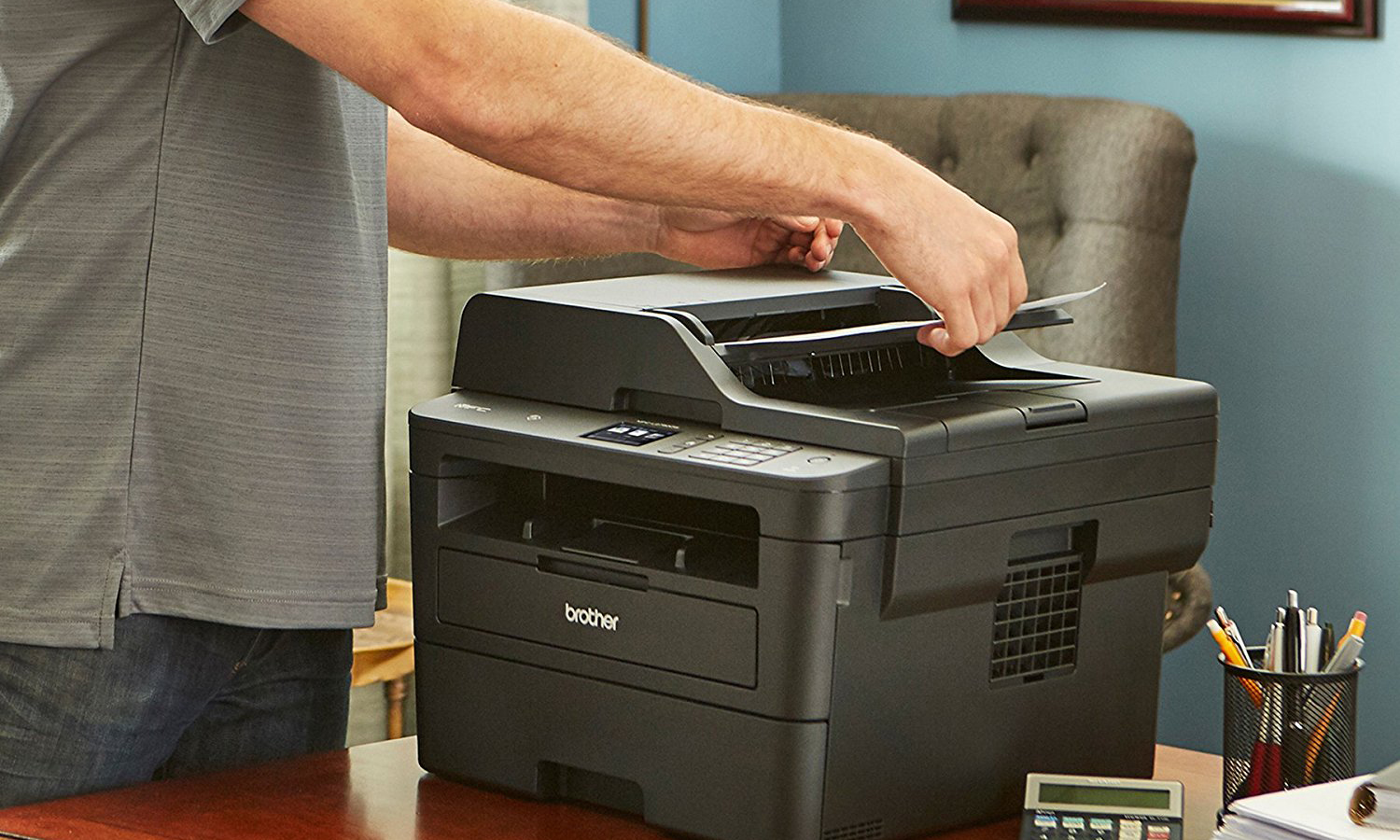
Inkjet printers tend to be much less expensive than laser printers. The technology is slightly less complex, and therefore less costly to manufacture. Besides this, most manufacturers sell inkjet printers at a loss, knowing that they can make up the difference in ink sales down the road. Sometimes it's cheaper to buy a new printer than to buy a full set of new ink cartridges!
Laser printers, on the other hand, will rarely be sold for less than $200, and even the most budget-friendly models sell for $150 or more.
Now, the cost of printing should definitely factor into your thinking, but if you barely print, or if you're more likely to make use of the printer's scan and fax functions than the actual printing, you can find some very affordable options for as little as $50.
Takeaway: Inkjets cost less to buy, but you may pay more in the long run.
Inkjet vs Laser printers: Print quality
The specific qualities of liquid ink and toner powder also affect how well-suited they are for certain types of printing.
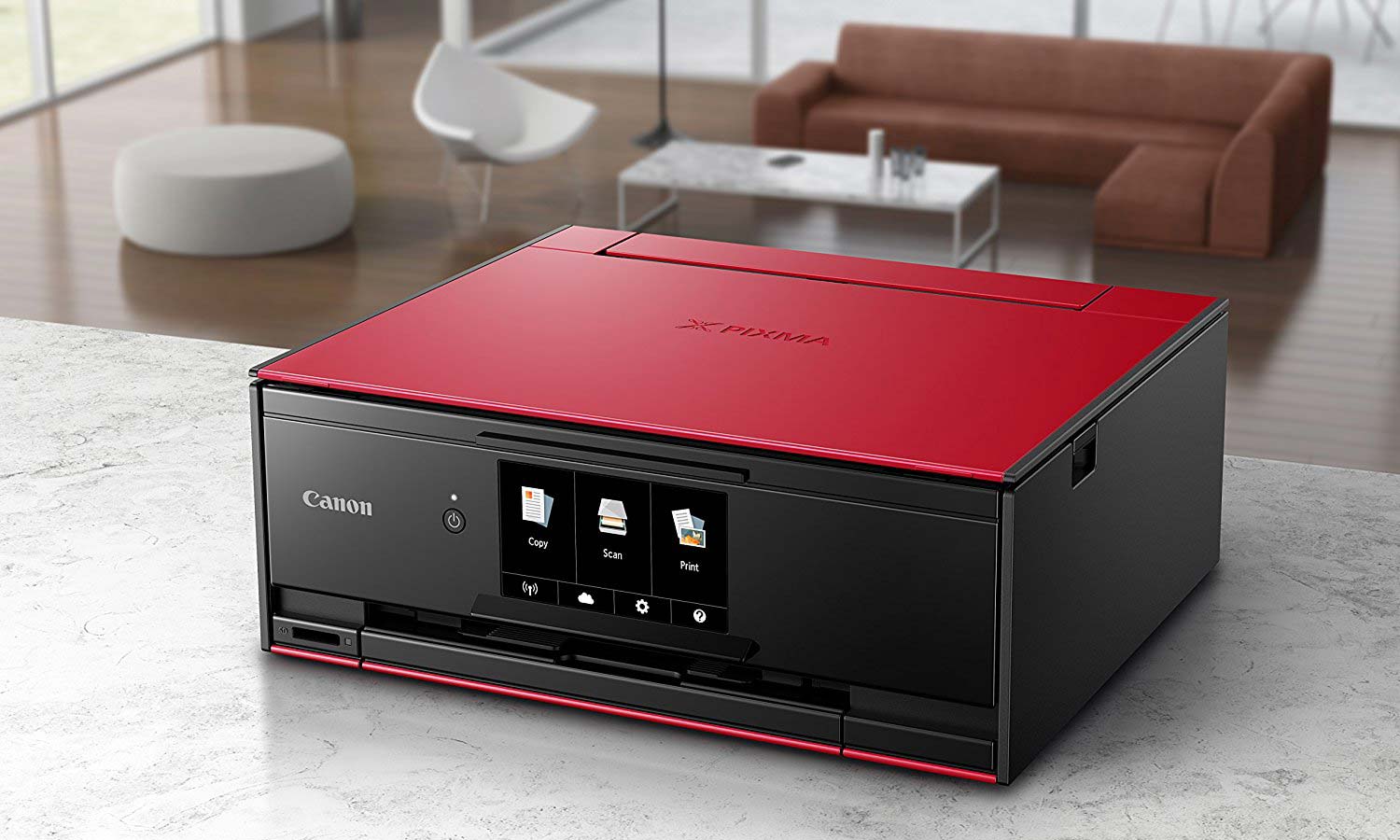
Inkjets, with their dye- and pigment-based inks, do especially well at handling color, particularly for images and photos, which are more likely to involve subtle shades of color. The nature of liquid ink means that those mixtures are easier to reproduce on an inkjet rather than on a laser printer.
Laser printers are not always built to handle photo printing, relying instead on halftone dots to create certain colors on documents. Even those laser printers that can handle the higher-quality color for photo printing require specialized laser-printer-ready photo paper to do it, making it much less convenient than using standard photo paper on an inkjet.
However, laser printers tend to be better suited to printing text, offering crisp, clear letterforms that can't be matched by most inkjets. Inkjet printing will often bleed slightly, and while print is legible, the individual letters won't be as sharp in their detail when examined closely.
Ink also has a tendency to smear, and since inkjet prints continue drying after printing, the possibility of smudged documents is a problem that inkjet users need to anticipate. Since laser printers use a heat-transfer method, the print is set and smudge-proof the moment it comes out of the printer.
Takeaway: Laser printers are better for text documents, especially at high volumes, but inkjets have an edge when it comes to printing photos.
Inkjet vs Laser printers: Cost of printing
Another major difference is the cost of ink and toner. Liquid printer ink has been identified as one of the most expensive liquids on the planet, and is a highly engineered product. Designed to provide precise flow rates, to mix and bleed with predictable consistency and to dry within moments, all while providing colors that look just right – there's a lot involved in printer ink. Because it provides a high-margin product that printer owners will have to buy again and again only encourages printer companies to keep you coming back for more.
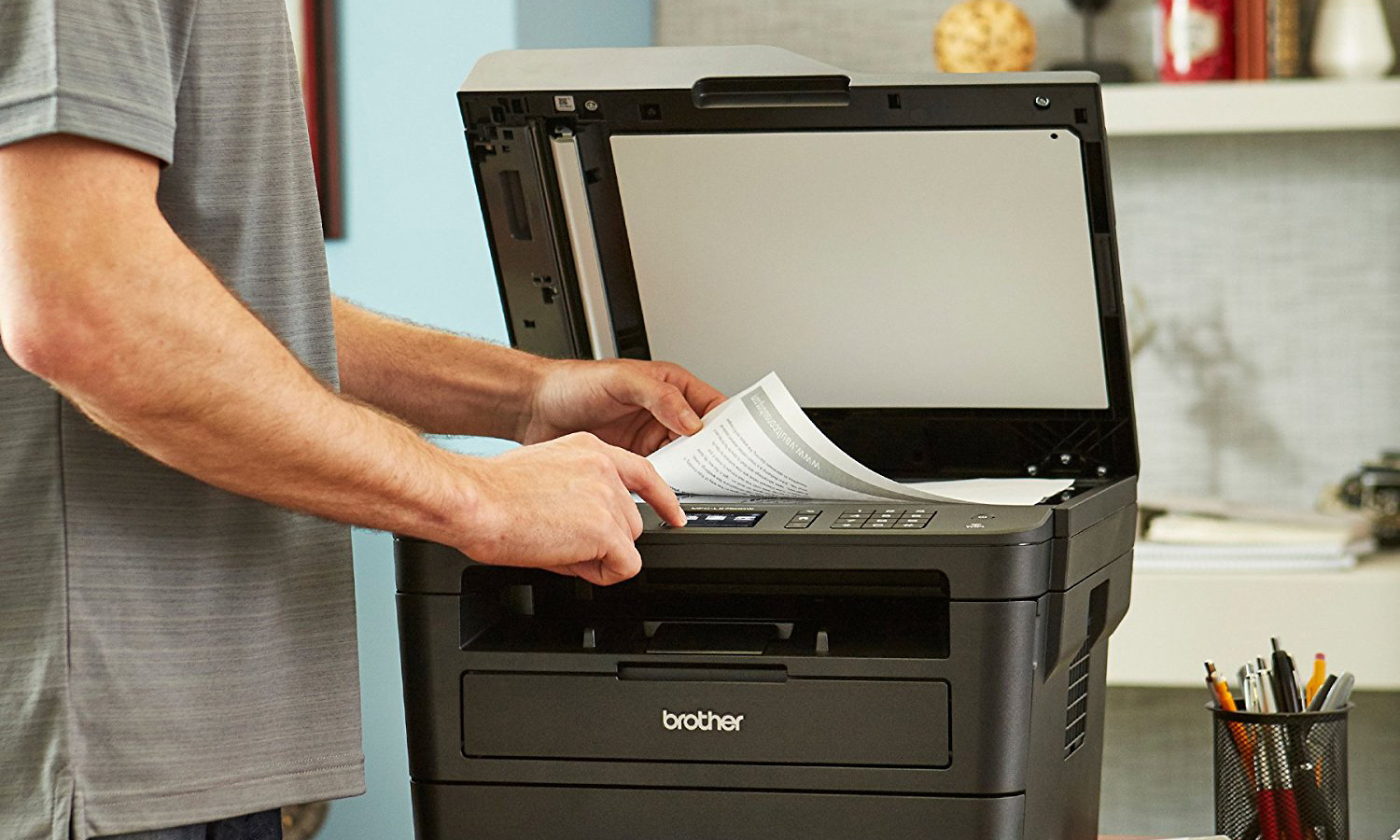
Inkjet printers vary in the cost-per-page, but tend to fall within the same general range. Black-and-white text will usually run at 5-10 cents per page, and color printing will run between 15 and 25 cents per page. The Editor's Choice Canon Pixma TS9120, for example, costs 7.8 cents per text page (printing in black and white), while color prints are 19.8 cents per page.
A new trend in inkjet printing takes aim at ink costs by replacing expensive plastic cartridges with refillable tanks and inexpensive bottles of ink. The result is dropping printing costs down to less than a cent per page, as seen with the Canon Pixma G6020 MegaTank (winner of our 2020 Tom's Guide Award for working from home). It may cost a little more to buy than most inexpensive inkjets, but at just 0.2 cents per page, the savings will add up.
Toner, on the other hand, tends to be less expensive on a per-page basis for laser printers. Though no less carefully made, the fact that toner comes in powder form makes it a much simpler substance to ship, store and use.
While individual toner cartridges are more expensive than ink cartridges, they print hundreds of pages, far exceeding the print yields offered on inkjet printers. As a result, plain-text printing costs dip below the 5-cent per-page mark, and color printing sits right around 15 cents.
For example, the Brother MFC-L2750DW monochrome laser printer prints for 3.75 cents per page with the standard toner cartridge rated to last 1,200 pages. Jump to a high-capacity cartridge, and that cost drops to 2.7 cents per page.
Toner also stores better over the long term. Ink cartridges can be stored for months if kept properly, but if you're an infrequent printer, the liquids that fill your ink cartridge can dry out, leaving you with a useless cartridge that has printed only a fraction of the pages it was meant to. Since toner starts off as a powder, there's no need to worry about itlosing its liquidity.
Takeaway: Laser printers offer cheaper prints per page, but toner is more expensive upfront. Toner is also the better choice for long-term use, since it stores better than liquid-filled ink cartridges.
Inkjet vs Laser printers: Printer size
One more differentiating factor that printer shoppers may not consider when comparing printer types is size. Obviously, printers vary in size and design, but on the whole, laser multifunction printers tend to be larger and heavier than their inkjet counterparts. If you've got limited space on a desk or shelf, it will be easier to find an inkjet to fit in that smaller space.
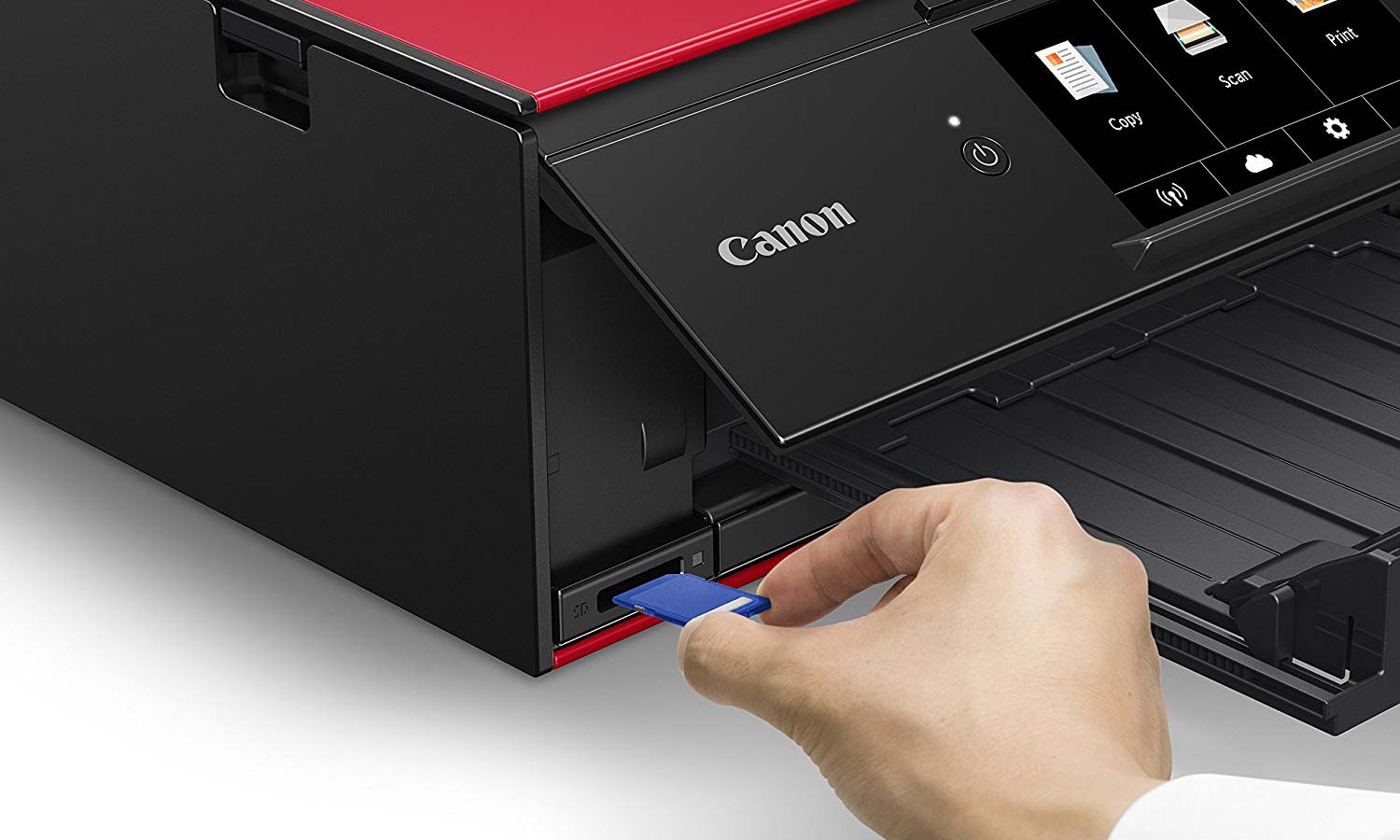
Inkjet printers have benefited from some significant advances in miniaturization, with features like print heads built into the ink cartridge. Some, like the HP Tango X are so small as to be portable, measuring just 9.7 x 15 x 3.5 inches and weighing a mere 7.5 pounds.
Laser printers, on the other hand, have to accommodate a larger print drum, laser module and thermal element, which all adds to the bulk. Add multifunction features like scanning and copying to the list, and laser all-in-one printers tend to be pretty bulky.
Takeaway: If space is tight, you might be better off with an inkjet printer.
Bottom line
Deciding between an inkjet printer or a laser printer really boils down to what you want to use your printer for. Some people print a handful of pages a year or print photos more often than text documents. Others may print reams of text but rarely need a photo. Or they value long-term operating costs just as much as the upfront purchase price.
Inkjet printing is generally a better fit for the occasional printer. Ink will cost more on a per-page basis, but refills are cheaper than toner. Inkjets are also better suited for small spaces, since laser printers tend to be larger. It's also the better option for printing images and photos, since ink offers richer color and fewer printing limitations.
Laser printing, on the other hand, offers the most affordable way to print a lot of text-heavy pages. It's faster, too, offering finished, smudge-free pages in seconds. And if crisp, easy-to-read text is your priority, then go with a laser printer, which offers better text printing every time.
Check out all of our printer coverage:
Best printers | Best all-in-one printers | Best photo printers | Best portable printers | Best laser printers
Get instant access to breaking news, the hottest reviews, great deals and helpful tips.
Brian Westover is currently Lead Analyst, PCs and Hardware at PCMag. Until recently, however, he was Senior Editor at Tom's Guide, where he led the site's TV coverage for several years, reviewing scores of sets and writing about everything from 8K to HDR to HDMI 2.1. He also put his computing knowledge to good use by reviewing many PCs and Mac devices, and also led our router and home networking coverage. Prior to joining Tom's Guide, he wrote for TopTenReviews and PCMag.

